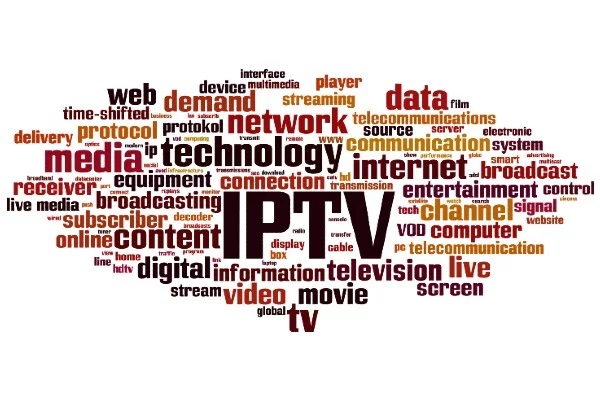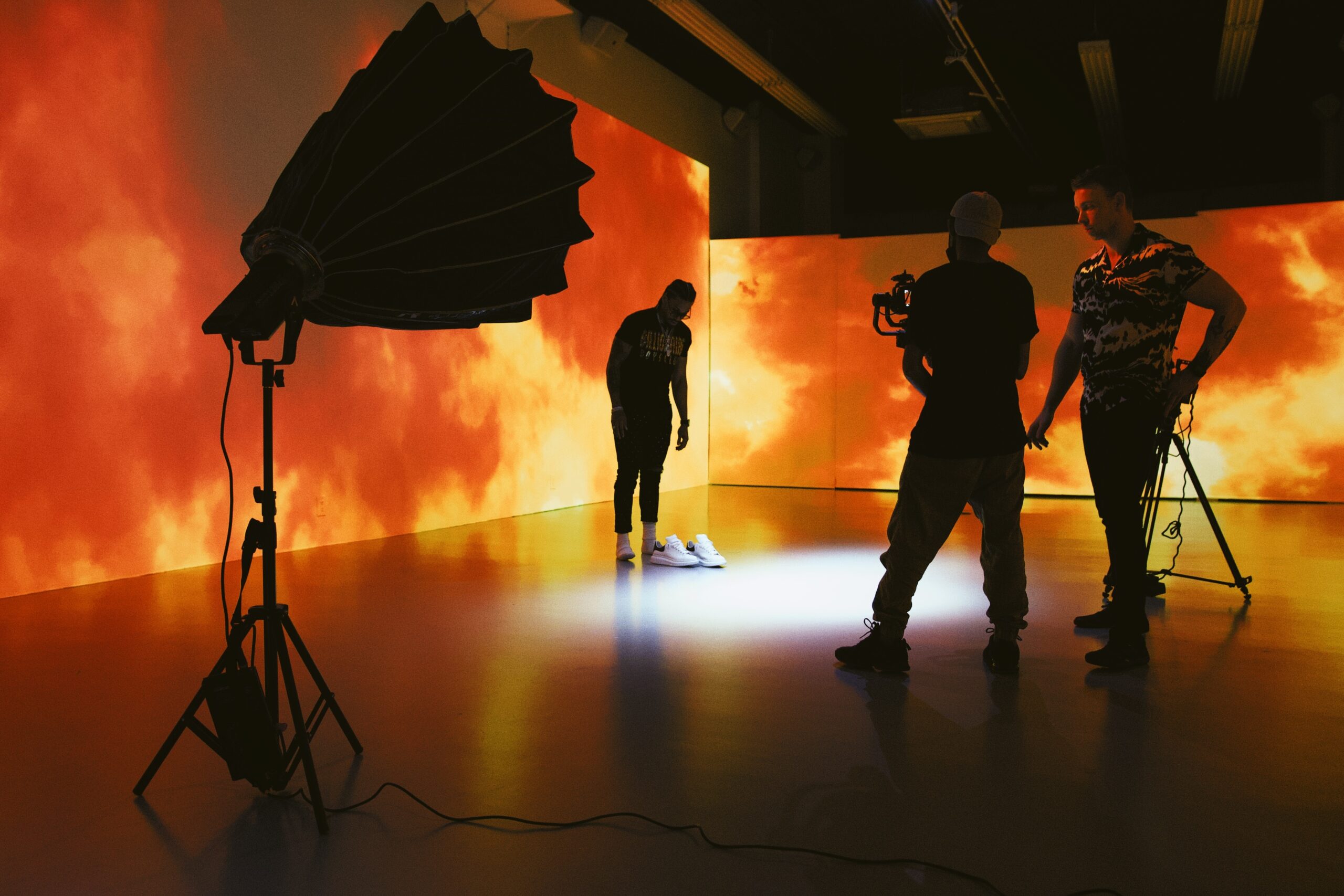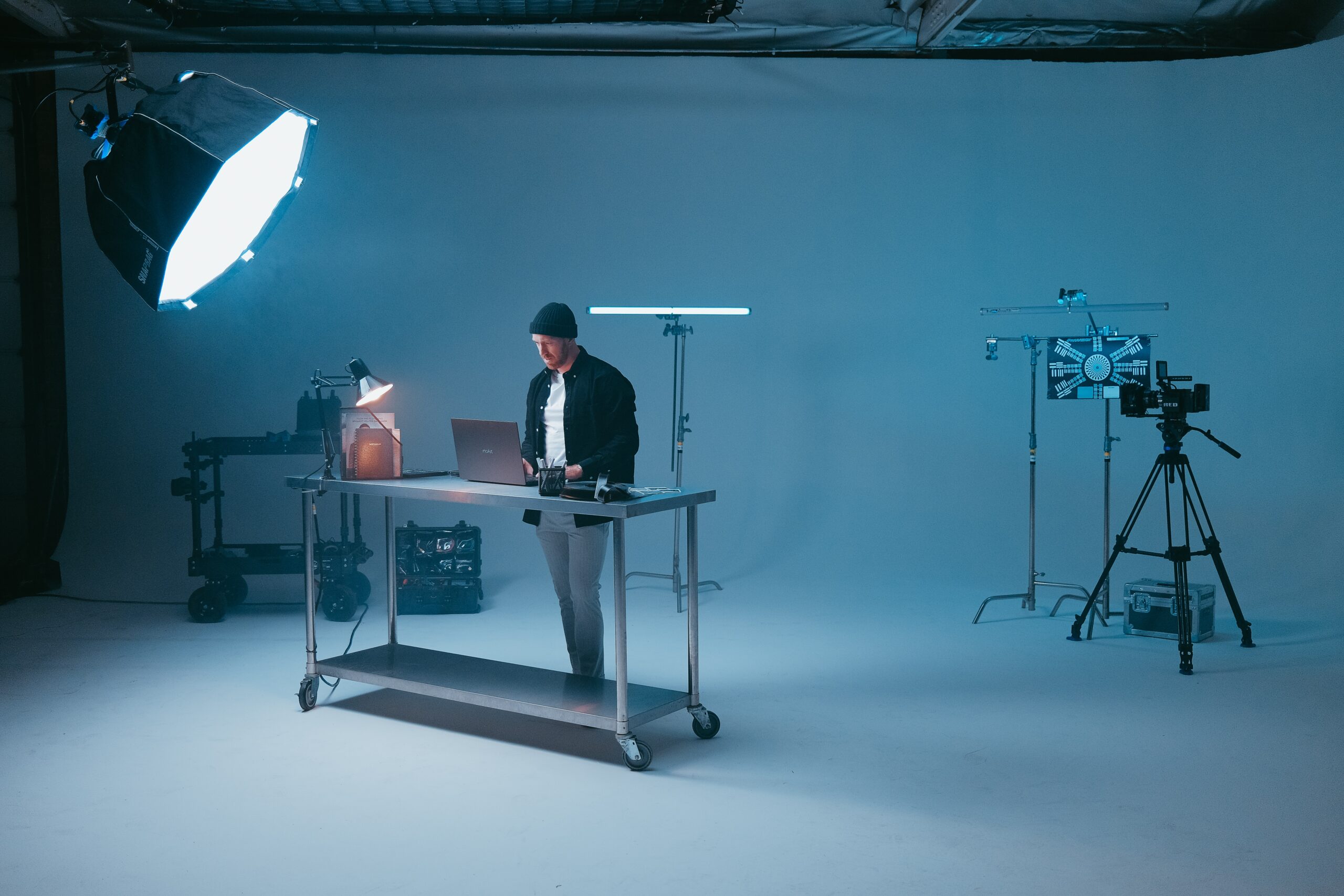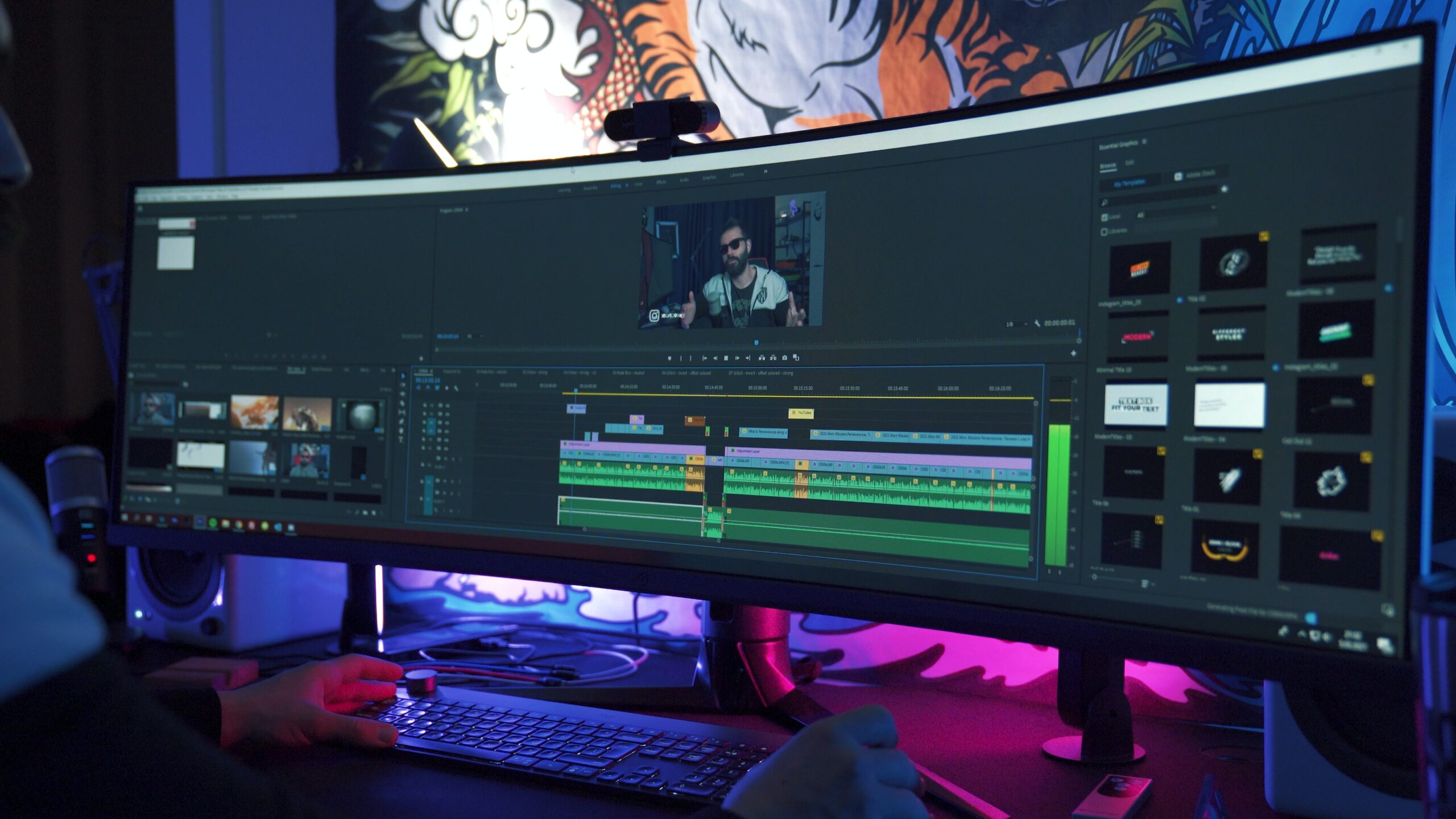Entertainment Rights Acquisition
Movie rights refer to the ownership of a movie, book or an idea. Copyright protection has been implemented to combat plagiarism in the Bollywood industry. Ultra is a prominent brand in film acquisition and distribution, buying and selling movie rights, and providing an extensive range of movies and TV shows. They specialize in providing Satellite, Cable TV, and Video-on-Demand rights, including SVOD, TVOD, and AVOD rights. Ultra has experience in selling and acquiring rights for multiple distribution channels, including Cable TV, IPTV, and VOD, creating new opportunities for content owners and producers to profit.
Let’s understand these term

1. VOD
Video on Demand (VOD) refers to watching video content at our convenience, not at the discretion of content providers. The concept originated in the early 1990s, with Bell Atlantic (now Verizon Communications) deploying the first outside-the-lab VOD service in April 1993 to a small number of subscribers. Two years later, US West developed an infrastructure that reached over 500,000 households in Denver, Minneapolis, and Portland.
2. OTT
Limited data transfer bandwidth and complicated infrastructure requirements, including specific set-top boxes at the viewer’s premises, initially restricted the provision of Video on Demand (VOD) services to satellite and cable TV providers. However, the use of fiber optic cables with increased bandwidth and their role in solving the last-mile problem helped expand VOD services. The introduction of broadband internet directly to the end-user’s home created vast opportunities for delivering value-added services online. This development led to a faster and more flexible channel for delivering VOD, which is now referred to as Over-the-Top (OTT) services. As a result, satellite and cable TV operators no longer dominate the VOD market.
3. VOD
So far, we have discussed the types of VOD depending on the means of delivering the service. No matter if we talk about VOD via a satellite or cable TV operator or an OTT VOD, what all of them have in common is monetization. In other words, how do the service providers make their profit, and how do the customers get charged?
There are three primary ways to monetize VOD :-
Subscription Video on Demand (SVOD)
Transactional Video on Demand (TVOD)
Advertising-based Video on Demand (AVOD)
1. SVOD
SVOD is a popular way of monetizing streaming services, similar to traditional TV packages, offering unlimited content for a fixed monthly fee. Major platforms, such as Netflix, Hulu, and Amazon, use the model, creating a competitive environment where providers strive to offer engaging content and retain customers.
2. TVOD
TVOD is a PPV model where users pay for specific content. Examples include Apple iTunes, Google Play, and Sky Box Office. It can be EST or DTR, and is cheaper than SVOD, offering access to the latest releases.
3. AVOD
A website is essential for any startup in today’s digital age, as it provides a digital touchpoint for your business. We can help create an attractive website that aligns with your business niche, challenges, and opportunities, whether it’s a single-page or multi-page website.
What we do?
Alphaneon, a company based in Mumbai, has offices and partnerships with companies in the Far East, Europe, and Canada, offering comprehensive services for the rights of movies. Their services empower effective near-shore management for the media and entertainment industry, and they are recognized worldwide for their ability to exceed client expectations and offer flexible solutions. Alphaneon is also a pioneer in Interactive Virtual Teams (IVT), which facilitates instant and successful communication channels between clients and service providers, supporting off-shoring and near-shoring business models and ensuring timely delivery of projects.
1. Pre-Production

The earliest phase in the film production process, pre-production is the preparation part. Planning your film happens here and sees an idea take shape alongside the organizing of how it will be shot.

A film concept is the very basic thought of what it can be. It’s the spark of a story or situation and the central characters you will follow.

To spend money on your film carefully, you make a budget. Decide a realistic limit on what you can afford early enough and spending track throughout the film production process.

The development of film ideas is a repeatable step. It should happen throughout the film production process to refine the quality of your production along the way.

With ideas ready, it’s time to write them down. Every film works from a “screenplay” or script, detailing each scene, setting, and person interaction.

We all need help occasionally, so adding personnel to the production is likely. Lower budget “indie” films use volunteers to reduce labor costs.

Finding suitable locations for the film shoot is known as scouting. Scouts search for interior and outdoor places that best fit those described in the script.

Storyboards are like a script for the camera to follow. Instead of words, they describe key scene shots and camera angles with illustrations.

A production schedule helps with keeping the film production process organized. It typically takes the form of a day-by-day calendar, spreadsheet, or chart that timetables the filming.
2. Production

With the project all planned, production can begin. This requires filming (or shooting) all the scenes you’ve scheduled, including both the visuals and audio.

Shooting or filming is the main single step here. It’s all about capturing the raw video, all the shots and sounds that the script demands.
3. Post-production

Post-production is all the work performed on the film after shooting. Once recording “wraps” and the footage is in the can, it’s time to finalize the project ready to show!

Taking time and a lot of skilled work, editing is crucial to telling the story as written in the script and drawn in the storyboard.

his step is typically about the creation of additional sounds not recorded on set.

Not to be confused with color grading (which is more creative and we’ll cover later on), color correction is the process of adjusting the colors in your footage to make it look more ‘true-to-life’.

Visual effects or ‘VFX’ is the adding of images to the film that were impossible or impractical to shoot in the production stage.

ound mixing ensures every audio element within a film’s soundtrack is correctly balanced.

Color grading is often linked to color correction, but they are different. Color grading is more artistic and is used to style a film’s picture color in less natural.
4. Distribution and promotion

With the film ready to go, it’s time for release. Distribution is about how and where the finished product gets screened. The ways in which the audience hears about it is promotion.

Finished films are marketed and shown by a film distributor. Separate from the film’s main production team, the distributor releases the film to the public.

Promoting a film is any work done to make people aware of it. This includes the marketing campaigns that are usually devised and run by the film’s distributor.
